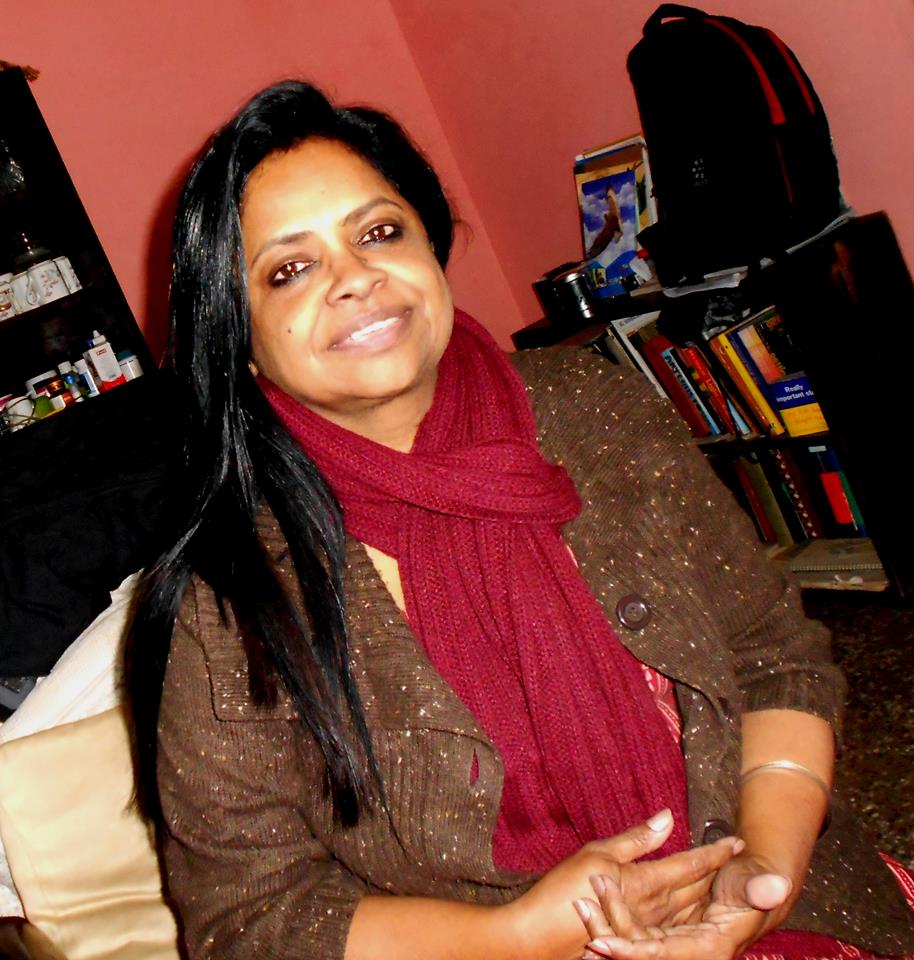South Asia has a mix of regional and local PR strategies, because it’s about thinking regional, but staying local. Evidently, there has to be a thorough understanding of cultural nuances, relevant issues affecting local business and the local media landscape. The PR business must be truly engaging with the TG too. So, how can PR teams strike the right balance?
“Future of Communication in South Asia” was the discussion moderated by Hemant Gaule, School Of Communication & Reputation. The panelists were – Shamima Akhter, Unilever (Bangladesh), Ashan Kumar, PR Wire (Sri Lanka), Pranu Singh, Standard Chartered (Nepal) and Hasan Zuberi, Council of Public Relations (Pakistan).
The objective of the discussion was to highlight opportunities and challenges which are common to communication business in the South Asian region. The focus will be on how reputation is defined, region-wise, whether PR has a seat at the table, and the opportunities that lie ahead. What is the single biggest factor emerging that defines reputation, asked Hemant.
How South Asia views ‘reputation management’
For gaining good reputation, we need to open doors to good relationships and problems need to be cleared effectively, clarified Shamima. So there are three parts – people need to know us, we need to be problem solvers and ensure there is continuity. Today, we need to shadow the CEO’s thinking and ensure that when we sketch a communication plan, we need to take into account the environment, reputational issues and the economic scene too. “More than storytelling, it’s more into driving insights,” she said.
The definition of reputation, in general, overlaps between our countries, put forth Pranu. First one needs to look at Nepal’s current state of affairs. Firstly, the median age is 24 years, meaning 50% of the population is below 24 years of age (while in Europe it is 42 and in America it’s 38). Today 91% have access to internet (10 years ago it was 8%) and more than 40% use social media – 70% use Facebook, Twitter etc and tele density is 133%. “This is the dominant factor, shaping the society and culture of Nepal,” she pointed out. The tiny country’s population is 29 million (contributing only 1% to South Asian GDP) but it boasts of 126 ethnic groups, 123 languages – so it’s a “true testament of diversity”, she noted and added that it opens up huge challenges and opportunities for managing reputation of brands.
There’s not much difference in Pakistan too, as they are advertising-driven markets and PR and reputation is always secondary, said Hasan. But as a PR practitioner he co-founded the Council of Public Relations. He believes it is important for brands to believe they are good corporate citizens, and the Council is currently guiding corporates. The complicated political situation has affected the market, but all efforts are to increase the pace of reputation management and PR. “So, we have always been on a roller-coaster ride!” he exclaimed.
Sri Lanka is a democratic nation and the research done shows there are three factors that define reputation, said Ashan. Sri Lankans demand ‘transparency’, and they witness an increased clamor for the actual truth (and their research showed 91% want this). Secondly, Sri Lankans care about ‘purpose’; more than 65% of GenZ want brands to be valued for what they believe. Lastly, 100% of the people want to have a better experience. When COVID hit, they were not prepared but in 2020 the e-commerce increased by 20% and in 2021 even more businesses have adopted a better online transformational experience, he explained. All the three elements lead to two factors – “trust and credibility”.
Talent explained
How is talent viewed in this region? The nature of the job requires a lot of sharp thinking, and this region is going to be the “hub of growth”, which has started, disclosed Shamima, and went on to say that this profession needs to have complete macro-economic value, understanding and environment expertise. In Nepal, “the importance of PR is positively inclined, but it’s not all sunshine and roses,” remarked Pranu and elucidated that it’s a dicey situation out here – on the one hand, we have the realisation that PR and communication need to be on the table, but on the other hand, allocating resources are limited. But youngsters are shifting to look at other professions other than engineers and doctors!
The attributes of a PR professional is that they should be socially aware of the current scenario and the media landscape (and in Pakistan it’s huge), and they should be familiar with strategic thinking, according to Hasan. In fact, while mentoring a gold medalist student, he became aware of the lacunae and is now also into training students too. In Sri Lanka, Ashan perceived a huge void in the connect between academia and the professional world. There is 50% IT literacy, 70% of smart phone penetration which led him to say that constant learning, unlearning and relearning is phenomenal for the PR student, and multiple opportunities are opening up.
Role of India & collaboration possibilities
Collaboration is the way to grow, and we have a lot to do together, was Shamima’s comment, and they did tie-up for a lot of training in India. But she had a question – in global training, most case studies are of the western world, why not have cases form this region? “We do look up to India for guidance,” said Pranu and added that India contributes 70% to the South Asian GDP and we need to have a unified voice.
Collaboration is very welcome, expressed Hasan and outlined how India has had a strong influence in Pakistan – take Bollywood movies, and vice versa, Pakistani dramas have been popular in India too. They would like more participation in bodies like Ad Asia and so on. “We have a big role to play and we look up to India as a country that has grown immensely, especially from the business perspective,” he said, and is looking forward to join many knowledge-sharing platforms like SPECTRA, to build on his learning experiences.
This panel discussion was an outcome of the South Asia Communications Council (sacommscouncil.asia) – a platform to bring together the best of communications in South Asia. The South Asia region comprises reputation dynamics which are similar in many ways, creating opportunities for collaboration between public relations and corporate communications fraternities in Bangladesh, India, Nepal, Pakistan and Sri Lanka. The goal of this discussion was to spotlight those opportunities, and discuss possible ideas of collaboration.
The views and opinions published here belong to the author and do not necessarily reflect the views and opinions of the publisher.






Be the first to comment on "SPECTRA Plus 2021: Future of Communication in South Asia"